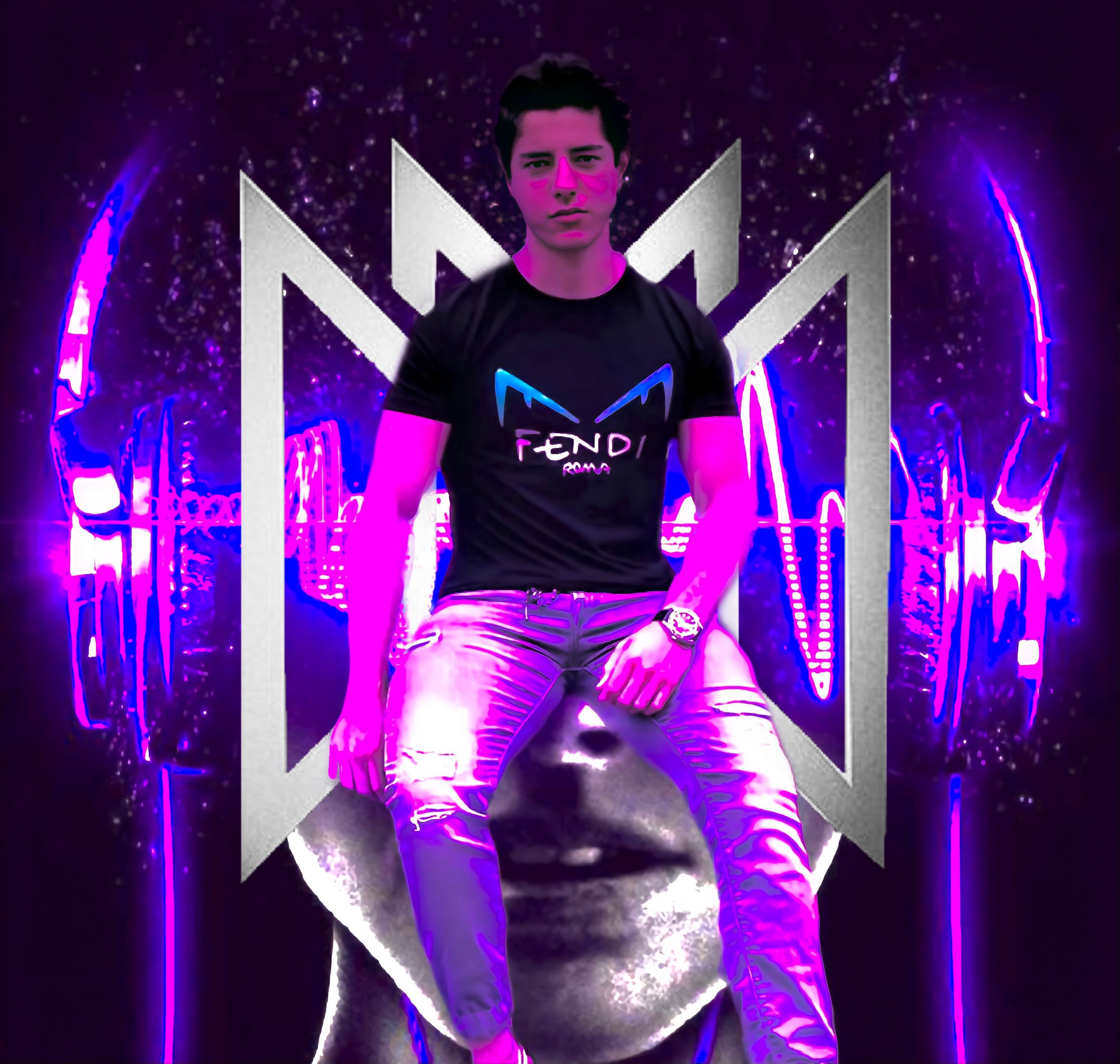It’s when he’s bored to death that Manolo Monterrubio comes up with the best ideas. A few weeks ago, due to a lack of work and having nothing better to do, the 38-year-old inhabitant of Palma de Mallorca decided to feed some cats abandoned in his neighbourhood. He began by placing bowls of food on the ground and little by little he started winning over their trust until they came looking for him as soon as he arrived. Soon after, taking advantage of this new sense of camaraderie, Manolo decided it was time for a more ambitious plan: Telling them apart.
He already a thing or two about creating personalised products, he had his own business and was used to designing logos or identities for other companies. He began by painting numbers on the animals’ backs, but soon realised it would be more practical to tag them with a microchip – the same method they use in some supermarkets to manage their herds of cattle.
The result: A group of cats divided into three colonies (or ‘neighbourhoods’, as Manolo Monterrubio calls them) that he can now locate at any time thanks to the information given by the chip.
“It’s like having my own mobile phone,” says Manolo Monterrubio who has become obsessed with this new task. “I’ve spent hours online learning how these chips work and I’ve already got rid of two by mistake,” he says, pulling out a series of photographs that show him and his ‘clients’ in their regular hang-outs.
These days, instead of looking for work, Manolo spends hours reconciling unvaccinated cats with owners who have been desperately searching for them since they went missing. “I get up at 7 pm and I can’t stop until 2 am – it’s like being on drugs,” he says. The only problem: Money – veterinary care isn’t cheap and paying someone to microchip your pet costs even more. And we haven’t even mentioned the food bills…


 Home
Home









